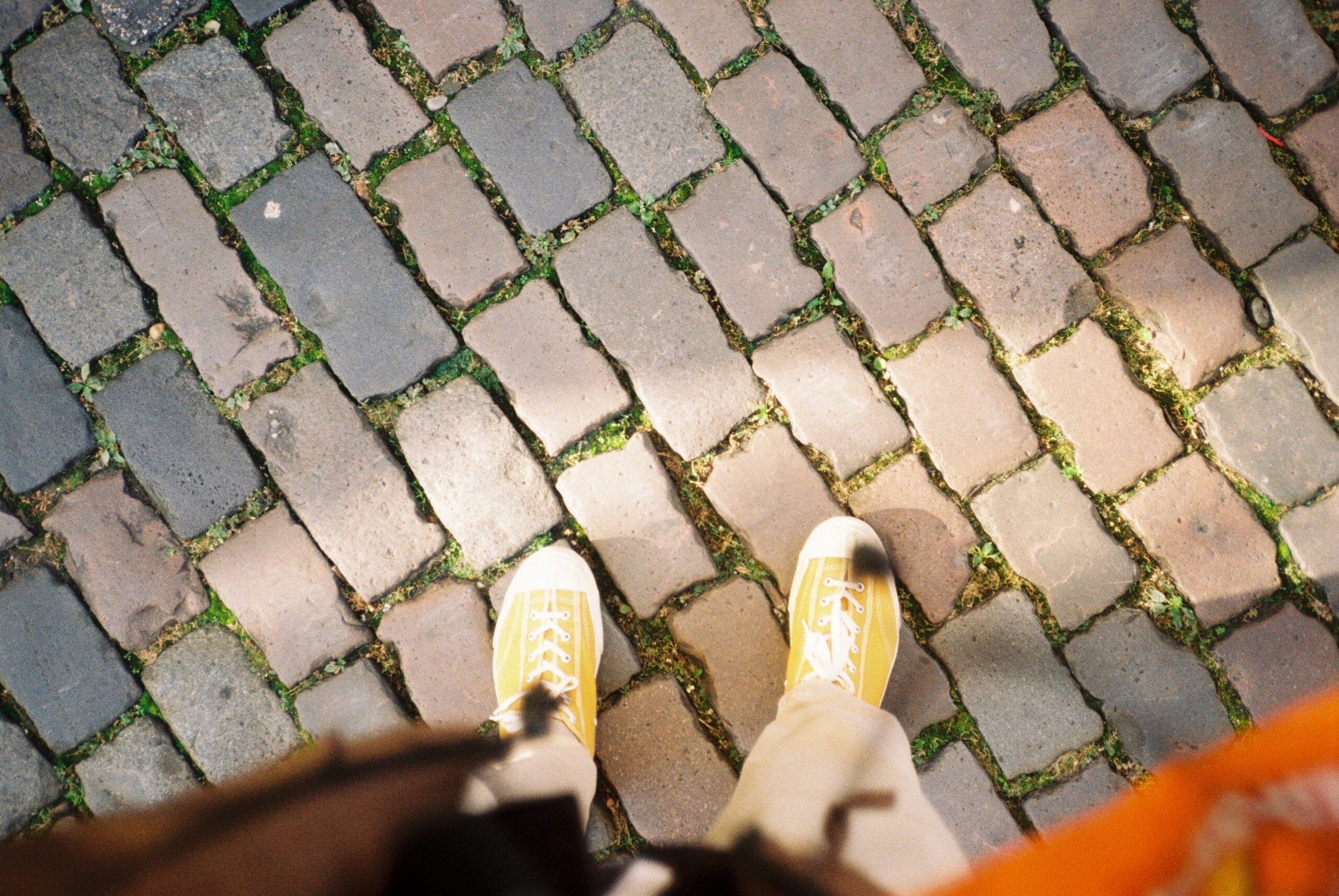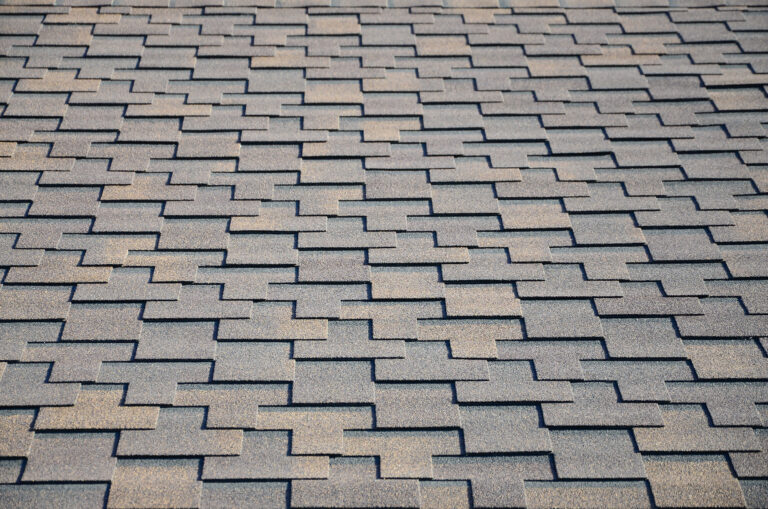The Benefits of Using Pavers for Garden Paths: Enhancing Aesthetics and Functionality

Creating an attractive and functional garden path can be an important aspect of landscape design. One popular option for homeowners and landscapers alike is the use of pavers in constructing these pathways. Pavers come in a variety of materials, such as concrete, stone, and brick, offering a wide range of colors, patterns, and sizes. This versatility allows for the creation of unique and visually appealing garden paths to suit any outdoor space.
When it comes to installing garden paths, pavers provide several benefits over other materials. One significant advantage is their durability. Pavers are designed to withstand both foot and vehicle traffic, making them an ideal choice for high-traffic areas or driveway extensions. Moreover, the use of interlocking paver systems helps create a stable, slip-resistant surface that can better tolerate shifts in the ground due to seasonal changes.
In addition to their resilience and safety attributes, pavers are also an environmentally friendly option for garden paths. The gaps between pavers allow rainwater to permeate the ground, reducing potential runoff and minimizing the risk of soil erosion. This natural drainage system helps preserve the essential balance of ecosystems within the garden and surrounding areas, maintaining a healthy environment for plants and wildlife alike.
Design and Material Options
Choosing the Right Paver Material
When it comes to the materials for your garden path, there are several options to choose from. Some of the most popular materials include:
- Natural stone pavers like granite, flagstone, and bluestone. These materials offer a natural, timeless look to your landscape design and are durable and long-lasting.
- Brick pavers are a classic choice, adding warmth and traditional appeal to your garden. They are available in various colors and can be placed in different patterns for a unique look.
- Concrete pavers provide a more contemporary and versatile option. They can be designed to mimic the appearance of natural stone or brick, ensuring a cohesive look throughout your landscape.
- Porcelain pavers are a relatively new addition to the market, offering a stylish and incredibly durable alternative to traditional paver materials.
Each material has its own set of benefits and drawbacks, so it’s important to consider factors like appearance, durability, and budget when making your decision.
Stylish Patterns and Colors
Pavers offer a wide variety of colors, patterns, and textures, allowing you to create a truly unique garden path that reflects your personal style and design preferences. Some popular paver patterns include:
- Herringbone: This pattern involves placing pavers at 90-degree angles, creating a zig-zag effect. It’s ideal for adding visual interest to your landscape and works with almost any paver material.
- Basket weave: This pattern alternates between horizontal and vertical pairs of pavers, offering a classic and traditional look often used with brick pavers.
- Running bond: In this pattern, pavers are placed in a simple staggered formation. This approach is easy to install and works particularly well with rectangular pavers.
In addition to these patterns, pavers can be found in various colors and finishes, allowing endless customization options to suit your specific landscape design and color scheme.
Combining Functionality with Aesthetics
When selecting pavers for your garden path, it’s essential to strike the perfect balance between functionality and aesthetics. Keep the following factors in mind when making your design choices:
- Durability: Opt for pavers with high durability to ensure they withstand foot traffic and weather conditions, particularly if you live in an area with frequent freeze-thaw cycles or heavy rainfall.
- Slip resistance: Pavers with a textured surface are best for garden paths, as they provide extra grip and prevent slipping in wet conditions.
- Maintenance: Consider the upkeep required for different paver materials; for example, some natural stone pavers may need regular sealing to maintain their appearance and longevity.
Incorporating your desired styles, materials, and patterns while addressing these practical considerations will ensure a garden path that is both visually appealing and functional long term.
Installation and Maintenance
DIY vs Professional Installation
When it comes to paver installation, homeowners have two options: a do-it-yourself (DIY) approach or hiring a professional contractor. DIY installation can be a cost-effective alternative for those with experience in landscaping projects. This method requires purchasing and transporting materials such as sand, gravel, and pavers, and investing time in the project. Some essential tools for DIY installation include a wheelbarrow, shovel, measuring tape, level, and a plate compactor for proper compaction before installing pavers.
On the other hand, a professional contractor offers their expertise and guarantees a high-quality finish, reducing the risk of potential issues later on. They typically take care of the entire process, including material acquisition, preparation, and installation. However, this option comes at a higher cost compared to the DIY route.
| Installation Method | Pros | Cons |
|---|---|---|
| DIY | Low cost Personal satisfaction | Time-consuming Potential for mistakes |
| Professional Contractor | Expertise Convenience | Higher cost |
Long-Term Upkeep and Durability
The upkeep of garden path pavers is relatively low, making them an excellent choice for homeowners. Periodic maintenance involves sweeping away debris and occasional washing with water. Sand is utilized as a joint material between the pavers, which may require replenishment every few years to maintain stability.
To ensure the durability of pavers, some homeowners opt to apply a sealant. This protective layer offers enhanced resistance to stains, weather, and other factors that may degrade the pavers over time.
Pavers are inherently durable and resistant to cracking or damage, and, in case of isolated issues, individual pavers can be removed and replaced without the need to repair the entire path. This advantage contributes to their low maintenance reputation, especially compared to other garden path materials.
In summary, paver installation offers homeowners flexibility in installation methods and long-term durability with minimal upkeep. The choice between DIY installation and hiring a professional contractor depends on personal preferences, budget, and expertise. Regardless of the chosen approach, garden paths made from pavers present a beautiful, functional, and low-maintenance option for homeowners.






